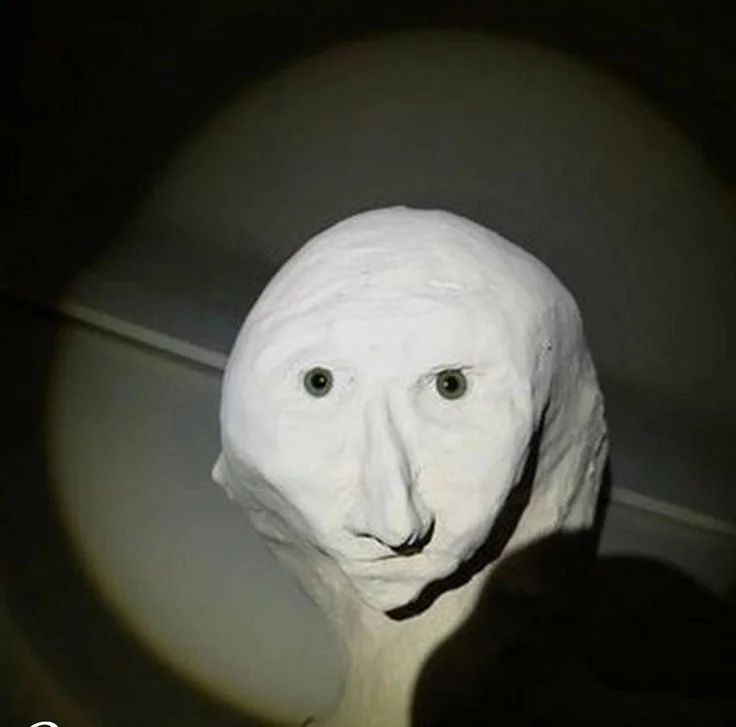In the vast expanse of the internet, amidst the endless streams of cat videos, social media rants, and viral memes, there exists a peculiar corner known only to a select few. This obscure realm is inhabited by what are commonly referred to as “cursed” images“—enigmatic photographs that defy explanation, evoke discomfort, and linger in the minds of those who dare to gaze upon them.

But what exactly are cursed images? Are they merely the byproduct of an overactive imagination, or do they possess a deeper, more sinister significance? To understand the allure of cursed images, one must first delve into their origins and the cultural context in which they thrive.
The term “cursed image” gained prominence on internet forums and social media platforms in the early 2010s, though its exact inception remains shrouded in mystery. These images are characterized by their unsettling nature, often featuring bizarre compositions, eerie lighting, and inexplicable subject matter. From disembodied limbs to distorted faces, from abandoned buildings to desolate landscapes, cursed images come in many forms, yet they share a common thread of disquieting strangeness.
Part of the allure of cursed images lies in their ambiguity. Unlike traditional horror imagery, which relies on familiar tropes and conventions, cursed images defy categorization. They exist in a liminal space between the mundane and the macabre, challenging our perceptions of reality and inviting us to confront the unknown.
In the age of digital media, cursed images have become a form of modern folklore, passed down through online communities like whispers in the dark. They are often accompanied by cryptic captions or ominous warnings, adding to their mystique and fueling speculation about their origins. Some claim that cursed images are the result of digital manipulation or glitch art, while others believe they are glimpses into parallel dimensions or manifestations of supernatural forces.
Regardless of their true nature, cursed images have captivated the collective imagination and inspired a subculture of enthusiasts who revel in their enigmatic appeal. Online forums dedicated to the sharing and analysis of cursed images have sprung up, attracting a diverse array of participants ranging from amateur sleuths to seasoned skeptics.
But the fascination with cursed images extends beyond mere entertainment; it taps into deeper psychological and cultural currents. In a world saturated with sanitized, mass-produced media, cursed images offer a glimpse of the uncanny, the unfiltered, and the unsettling. They remind us that beneath the veneer of everyday life lies a realm of darkness and mystery, waiting to be explored.
Moreover, cursed images serve as a form of collective catharsis, allowing us to confront our fears and anxieties in a safe, controlled environment. By immersing ourselves in the surreal landscapes of cursed imagery, we are able to confront the unknown and emerge unscathed, fortified by the knowledge that we have stared into the abyss and survived.
Yet, for all their intrigue, cursed images are not without controversy. Critics argue that the proliferation of such imagery desensitizes us to genuine suffering and trauma, trivializing the very real horrors that exist in the world. Indeed, there is a fine line between fascination and exploitation, and it is incumbent upon us to tread carefully as we navigate the murky waters of digital culture.
In conclusion, cursed images occupy a unique and enigmatic place in the pantheon of internet phenomena. They defy easy explanation, challenge our perceptions, and invite us to confront the darkness that lurks within us all. Whether they are harbingers of doom or merely digital curiosities, one thing is certain: cursed images will continue to haunt our screens and our psyches for years to come, casting a shadow over the digital landscape and reminding us of the boundless depths of human imagination.
